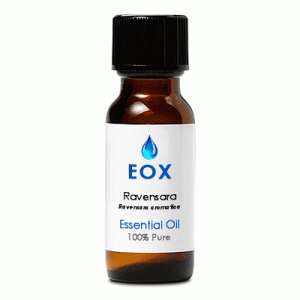|
Characteristics:
A clear thin oil with a tinge of yellow. A slightly medicinal scent: eucalyptus-like, with a fruity hint.
Principal Constituents: These are naturally occuring in the essential oil.
General Actions:       Open Symbols Key
Open Symbols Key
Anti-infectious, asthma, mouth ulcers, rhinopharyngitis, antifungal,
fungal infection, chicken pox, herpes zoster, viral entinitis, viral hepatitis, flu, colds,
detoxicant, expectorant, bronchitis and coughs, blocked sinuses, nerve tonic, insomnia, muscle fatigue,
neuromuscular problems.
Safety:
Non-toxic, can be safely used on children. Internal use has been shown effective in extreme dilution.
Primary Therapy Agent:
Bacterial, fungal and viral infections, neurotonic, promotes sleep, anticatarrhal, mononucleosis,
herpes, viral enteritis, hepatitis, influenza, bronchitis, sinusitis, common cold, insomnia, asthma,
depression, anguish, profound nervous and physical fatigue.
Secondary Therapy Agent:
Employed in the Asian medical field as a children's medicine.
Important Note: The information on Florapathics.com is
only provided for educational purposes, and further research should be done on each essential oil to be assured
of its proper usage for each individual. Aromatherapy is not meant to be a replacement for care under a qualified
health professional, but should be considered a complimentary modality.
|











